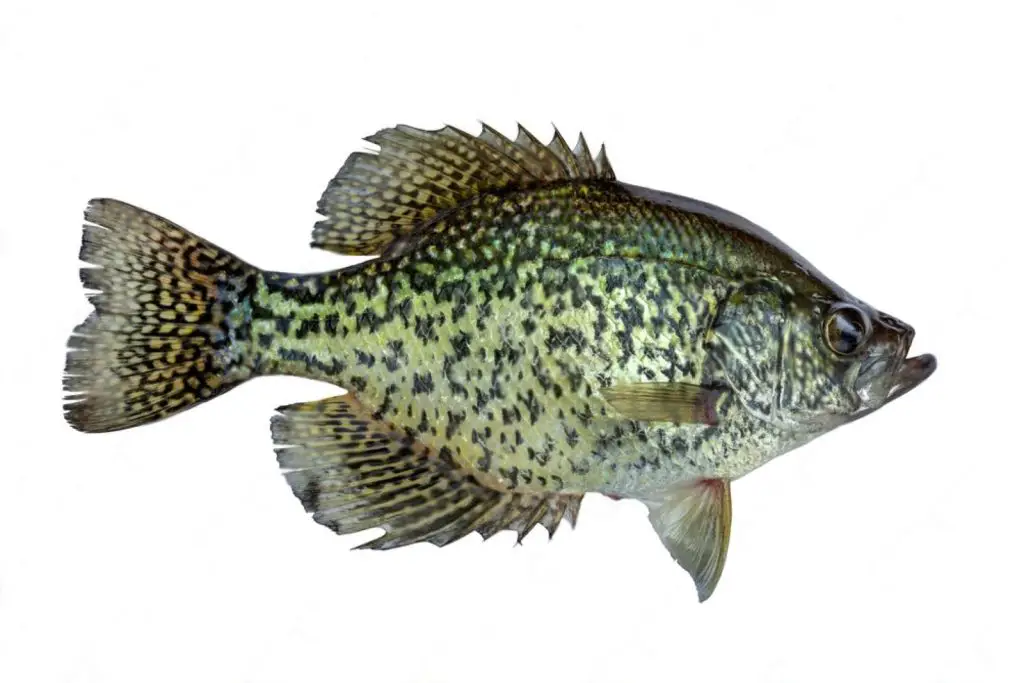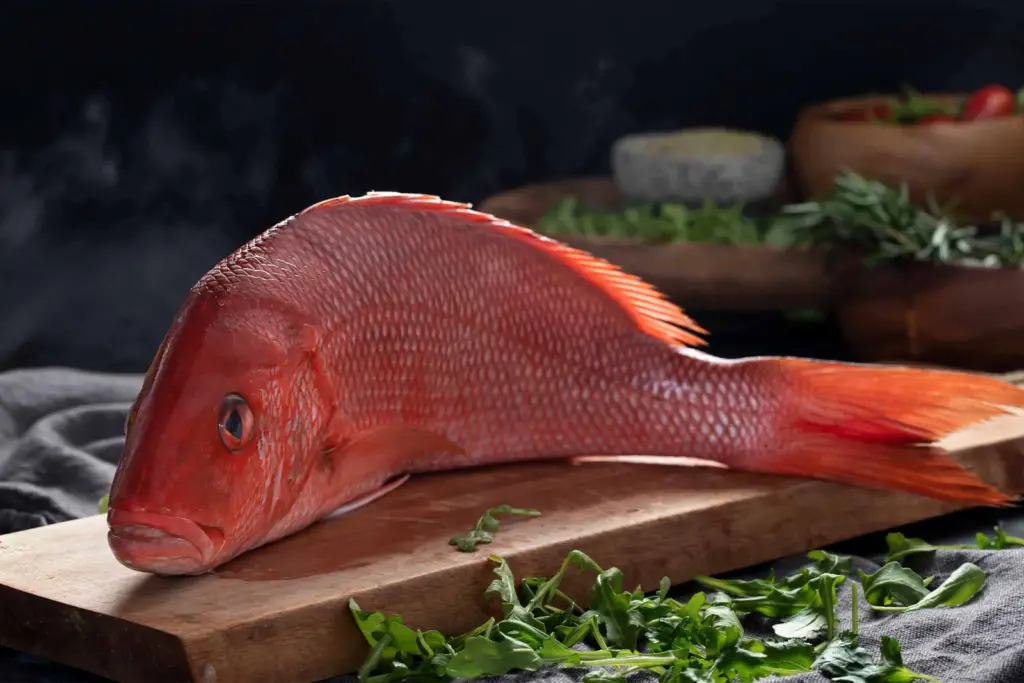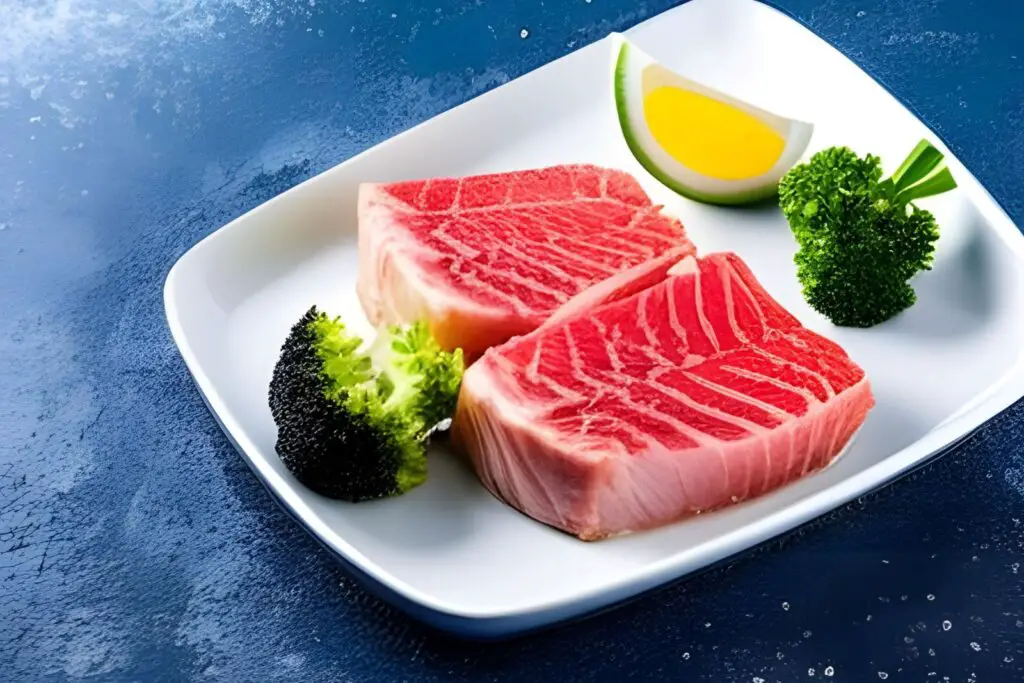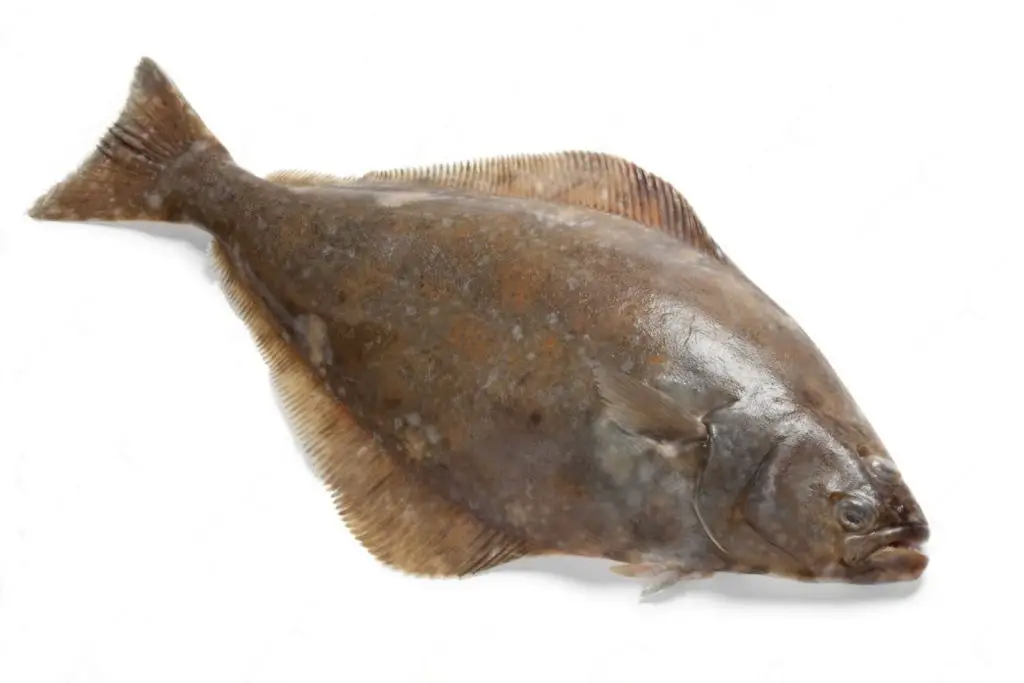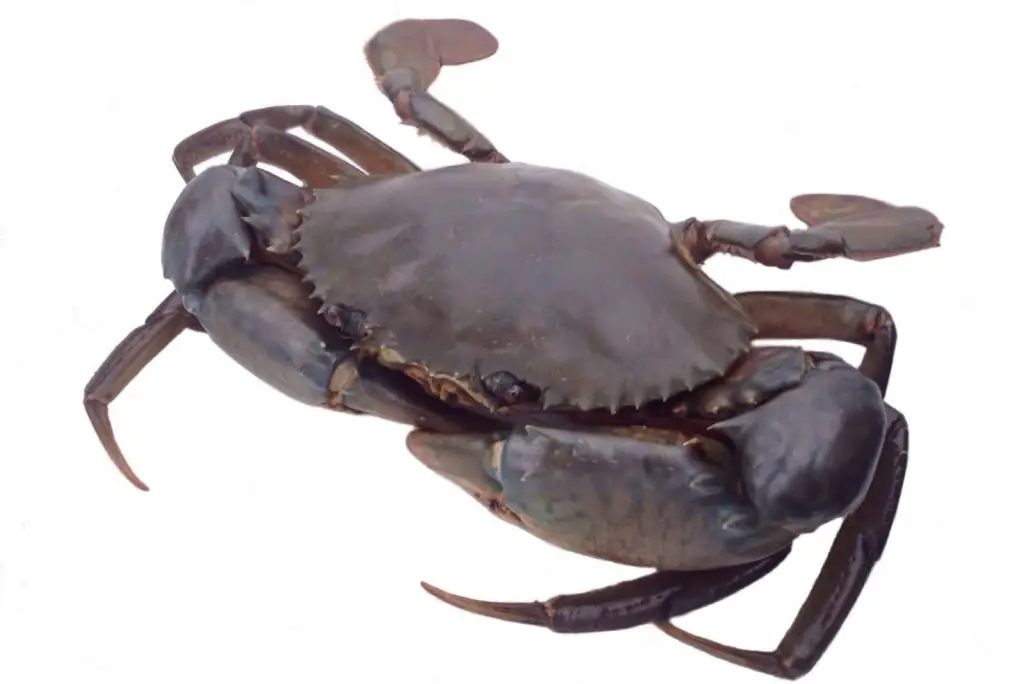
Abalone, a type of marine mollusk, is a delicacy appreciated for its tender meat and unique taste. Whether you’ve harvested fresh abalone or bought it from a market, freezing can be an excellent way to extend its shelf life and enjoy its exquisite flavor even when it’s not in season. By following a few simple steps, you can freeze abalone while preserving its quality and taste. This article presents a comprehensive outline on how to freeze abalone effectively for future culinary indulgence.
If you’re considering freezing abalone, here’s a step-by-step guide to help you through the process:
Step 1: Choose High-Quality Abalone
When embarking on the journey of freezing abalone, it all begins with selecting the right specimens. The quality of the abalone you choose at this stage will significantly influence the outcome of the freezing process and, ultimately, the enjoyment of your culinary endeavors down the line.
Freshness is the key here. Opt for abalone with intact shells, as this indicates that the mollusk has been well-protected and is less likely to have been exposed to contaminants. The shells should possess vibrant colors that resonate with the natural hues of healthy abalones. Depending on the species, these colors can range from deep blues and greens to striking reds and browns. The visual appeal of the shells speaks volumes about the vitality of the abalone within.
But appearances aren’t everything. A fresh ocean scent is your olfactory assurance of quality. Inhale deeply near the abalone – a whiff of the briny sea indicates that the mollusk hasn’t been out of its natural habitat for long. This scent suggests that the abalone’s flavors are likely to be pure and untainted, a crucial characteristic for a delightful culinary experience.
Step 2: Clean and Prepare the Abalone
Once you’ve secured the finest abalones, the next crucial step involves the meticulous cleaning and preparation of these prized mollusks. Properly handling the abalones at this stage ensures that you’ll be freezing a product of exceptional quality, free from any unwanted elements that might compromise its taste and texture.
Begin by gently cleaning the exterior of the abalone. Just like any other food item, the outer shell can accumulate dirt, sand, or debris during its time in the ocean. A gentle rinse under cold water will suffice to remove these undesirable particles. This initial cleaning step also helps create a clean surface for when you’re ready to open the shell.
Carefully opening the shell is a delicate process. Take your time and exercise patience to avoid damaging the meat inside. You’ll want to remove the abalone meat from the shell while ensuring that it remains intact and undamaged. To do this, gently insert a small knife or a dedicated abalone tool into the shell’s opening, being cautious not to cut into the meat. Slowly work the tool around the edges to detach the meat from the shell.
Once the abalone meat is extracted, it’s important to eliminate any components that are not suitable for consumption. This includes the intestines and other undesirable parts. These portions can impart undesirable flavors and textures to the abalone when frozen and cooked later. Discard them promptly and proceed with the edible portion of the meat.
After separating the edible meat, give it another thorough rinse under cold water. This step serves to eliminate any residual sand, grit, or traces of the removed parts. Rinsing also helps maintain the meat’s pristine condition, ensuring that no unwanted flavors or textures are carried into the freezing process.
Can I freeze abalone in its shell?
For optimal freezing, it’s recommended to remove abalone from its shell. Freezing in-shell can lead to uneven results and affect texture. Freezing meat-only ensures better preservation and portioning.
Step 3: Tenderize the Abalone (Optional)
In the realm of freezing abalone, an optional yet potentially game-changing step lies in tenderizing the meat. While not a mandatory part of the process, tenderizing can have a significant impact on the final texture of the abalone, potentially elevating your culinary creation to new heights of enjoyment.
Tenderizing is the art of gently breaking down the meat’s fibers, making it more tender and easier to chew. Abalone, known for its dense and muscular texture, can sometimes benefit from this process. By tenderizing the meat, you’re not only making it more palatable but also potentially enhancing its ability to absorb flavors during the cooking process.
The method is relatively simple: use a mallet or a tenderizing tool to gently pound the abalone meat. The goal isn’t to turn the meat into a pulp but rather to soften its fibers while retaining its natural integrity. This delicate balance is achieved through controlled and measured strikes that avoid damaging the meat.
But why might you consider this optional step? The answer lies in personal preference. Some aficionados of abalone enjoy its inherent firmness and unique texture. For them, skipping the tenderizing step preserves the meat’s natural state, providing a culinary experience that’s true to the abalone’s character.
On the other hand, tenderizing can be a gateway to a different kind of enjoyment. The softened texture can be particularly appealing to those who prefer a more melt-in-your-mouth experience. Additionally, the tenderized meat can better absorb marinades, sauces, and seasonings, resulting in a more flavorful end product.
Ultimately, the decision to tenderize or not rests with you as the chef and connoisseur. Consider the preferences of those who will be savoring your culinary creation. If you’re experimenting with new flavors or aiming to provide a diverse range of textures, tenderizing might be a worthwhile endeavor. On the other hand, if you’re an advocate of preserving the abalone’s natural essence, then bypassing this step will maintain the authenticity of the dish.
Step 4: Blanch the Abalone
Blanching, a culinary technique revered for its ability to maintain the integrity of delicate ingredients, takes center stage in the freezing process of abalone. This step serves as a pivotal measure to preserve the abalone’s quality by putting the brakes on enzymatic activity that could lead to undesirable changes in flavor, color, and texture over time.
Enzymatic reactions are natural processes that continue even after the abalone is harvested. They can bring about changes that affect the abalone’s taste and appearance, potentially diminishing its overall appeal. Blanching, however, is a time-honored method that effectively puts these reactions on hold, allowing the abalone to maintain its fresh characteristics even after freezing.
The process begins by bringing a pot of water to a rolling boil. The water should be deep enough to fully submerge the abalone meat. Once the water is boiling vigorously, the abalone is introduced to its brief, transformative bath. The meat is immersed in the boiling water for a mere 30 seconds to 1 minute, striking the delicate balance between preserving the abalone’s natural state and mitigating the enzymatic processes.
After its quick immersion, the blanched abalone must be promptly introduced to an ice bath. This rapid temperature drop immediately halts the cooking process, effectively preventing overcooking and the continued action of enzymes. This cooling step is essential in maintaining the abalone’s texture and flavor as close to their original state as possible.
The blanching process is akin to hitting the pause button on the abalone’s natural biological changes. By arresting enzymatic activity, you’re ensuring that the frozen abalone will emerge from the freezer with flavors and textures that rival those of freshly harvested specimens.
Can I freeze abalone without blanching it?
Freezing abalone without blanching is possible but not recommended. Blanching preserves quality by halting enzymes and maintaining color. Skipping blanching can lead to texture changes and flavor loss in the frozen abalone.
Step 5: Drain and Pat Dry
As you move along the path of freezing abalone, the significance of moisture management becomes increasingly apparent. Step 5 involves the careful process of draining and patting dry the blanched abalone, a meticulous procedure that plays a crucial role in ensuring the quality and taste of the frozen delicacy in the long run.
After blanching the abalone and halting the cooking process with an ice bath, it’s time to transition from the cooling phase to the drying phase. Gently retrieve the blanched abalone from the ice bath, being mindful not to handle it too roughly, as its tenderized state might make it more susceptible to damage.
Before proceeding, allow the abalone to drain thoroughly. This step might seem simple, but it’s pivotal in removing excess moisture that could lead to unwelcome freezer burn during storage. Freezer burn occurs when moisture on the surface of the abalone turns into ice crystals, which can negatively impact its taste and texture.
Once the draining process is complete, it’s time to introduce the clean kitchen towel. Gently place the abalone on the towel and lightly pat it dry. The objective here is not to aggressively rub the meat, but rather to delicately absorb any remaining moisture on its surface. A dry surface will help prevent the formation of large ice crystals during freezing, which in turn safeguards against the texture-altering effects of freezer burn.
The mantra of this step is “dryness is key.” By meticulously draining and gently patting the abalone dry, you’re taking proactive measures to ensure that the frozen product retains its quality over time. The care you invest at this stage resonates through the final culinary experience, allowing you to present dishes that are both visually appealing and delightful to the palate.
Step 6: Arrange for Freezing
In the meticulous choreography of freezing abalone, the sixth step involves a graceful dance known as “flash freezing.” This choreographed arrangement is not just visually appealing; it’s a strategic maneuver that safeguards the integrity of the individual abalone pieces, preventing them from merging into an unappetizing frozen clump.
After blanching and thoroughly drying the abalone, it’s time to set the stage for flash freezing. Think of this as a carefully orchestrated tableau where each abalone takes center stage on a baking sheet or tray. Lay the blanched and dried abalone out in a single layer, ensuring that they are not touching one another.
This seemingly simple arrangement holds a powerful purpose: to prevent the abalone pieces from sticking together during the freezing process. When items are placed in the freezer in close proximity, there’s a risk that moisture can form between them, causing them to fuse together into a solid block. Not only does this make it challenging to retrieve individual pieces for cooking, but it can also negatively impact their texture.
By adhering to the principle of “not touching,” you’re allowing the abalone pieces their own personal space during the freezing process. This spatial independence prevents the formation of ice bridges that might cause the pieces to become inseparable. Instead, each abalone retains its individuality, ensuring that you can access exactly as many as you need for your culinary creations without hassle.
Step 7: Flash-Freeze the Abalone
The penultimate act in the freezing symphony of abalone is the art of “flash-freezing.” This process might sound like something out of a science fiction tale, but in reality, it’s a technique that has the power to preserve the pristine qualities of each individual abalone piece, ensuring that they emerge from the freezer in peak condition for your future culinary creations.
After arranging the blanched and dried abalone on a baking sheet, it’s time to usher them into the world of extreme cold. Place the tray gently into the freezer, ensuring that the abalone pieces are still maintaining their strategic distance from one another. Now, the magic of flash freezing commences.
Flash freezing is a swift and controlled freezing process. The objective is to rapidly lower the temperature of the abalone pieces, minimizing the formation of large ice crystals within them. Large ice crystals can puncture cell walls and lead to a less desirable texture once thawed. By freezing the abalone quickly, you’re promoting the formation of smaller ice crystals that are less disruptive to the meat’s structure.
The duration of this freezing act might vary depending on the size of the abalone pieces and the efficiency of your freezer. Generally, a few hours is sufficient for the abalone to reach the desired level of firmness. You’ll know they’re ready when the pieces are no longer pliable to the touch but have acquired a solid, frozen state.
Flash freezing doesn’t just arrest time; it preserves the individual integrity of each abalone piece. By ensuring that they freeze separately rather than clump together, you’re preserving the unique texture and appearance of every piece. This means that when you venture into your freezer to retrieve a few abalone for your culinary adventures, you can be confident that each piece will be as distinct as when you first arranged them on the tray.
Step 8: Package and Seal
As the abalone journey nears its completion, a critical transition beckons: moving from the realm of open air to the sheltered embrace of airtight packaging. This step holds the key to preserving the delicate balance of flavors and textures that you’ve carefully cultivated thus far. To ensure your frozen abalone emerges from its icy slumber in peak condition, it’s crucial to master the art of packaging and sealing.
Once the abalone pieces have undergone their flash-freezing transformation, it’s time to transfer them into their new homes – airtight freezer-safe containers or vacuum-sealed bags. The goal here is twofold: to protect the abalone from the harsh elements of the freezer and to stave off the dreaded freezer burn, a phenomenon that can transform the finest of ingredients into a lackluster disappointment.
Airtight packaging creates a barrier between the abalone and the cold, dry air of the freezer. This isolation prevents moisture loss from the abalone, which is critical in maintaining its succulent texture and vibrant flavor. Furthermore, it safeguards the abalone from absorbing any off-flavors from other items in the freezer, ensuring that your frozen treasure remains unadulterated.
When selecting your containers or bags, prioritize those specifically designed for freezer use. These containers and bags are built to withstand the extreme conditions of freezing, preventing them from cracking or leaking. For vacuum-sealed bags, ensure that the bags are designed to withstand the pressure of the sealing process.
Removing excess air is a key step in this process. Air contains moisture, and moisture is the enemy when it comes to freezer burn. Vacuum-sealing bags are designed to suction out excess air before sealing, creating a protective barrier between the abalone and the environment. With containers, try to minimize the amount of empty space inside by choosing an appropriately sized container for the amount of abalone you’re storing.
Step 9: Label and Date
As the finishing touch to your meticulous frozen abalone masterpiece, Step 9 brings a simple yet essential act: labeling and dating. This final flourish serves as a roadmap through time, ensuring that the precious abalone within remains a jewel of freshness, ready to be unveiled and enjoyed at just the right moment.
Imagine a freezer stocked with a variety of frozen delights, each awaiting their turn to shine. Amidst this frosty landscape, the abalone containers and bags might appear quite similar after a period of time. This is where labeling comes to the rescue. By clearly labeling each container or bag with a marker of its contents – “Abalone” – and the date it was frozen, you’re creating a visual aid that sets the stage for organized consumption.
The date, in particular, plays a pivotal role. Frozen abalone, while exquisitely preserved, is not immortal. Over time, even in the cold embrace of the freezer, the quality can begin to degrade. Flavors might dull, and textures might undergo subtle changes. By recording the date of freezing, you’re establishing a reference point that allows you to gauge the abalone’s freshness.
This temporal guide also enables you to practice mindful consumption. Just like any culinary treasure, abalone is meant to be enjoyed at its prime. By adhering to the principle of “first in, first out,” you can ensure that the oldest frozen abalone gets its time in the spotlight before newer additions take center stage.
But why is this step so crucial? Because the essence of the abalone’s journey lies in its eventual transformation from freezer to plate. Through the simple act of labeling and dating, you’re bestowing upon your creation the honor it deserves. You’re acknowledging its existence, its journey, and the anticipation of the day it will be brought forth to delight the senses once more.
Step 10: Store Properly
As the curtain falls on your frozen abalone masterpiece, the final act of this culinary odyssey involves finding the ideal sanctuary for your precious creations. Proper storage is the guardian of the abalone’s integrity, ensuring that the flavors and textures you’ve so meticulously preserved remain untarnished until the moment they grace your culinary endeavors.
The placement of the labeled abalone packages is of paramount importance. Your freezer, akin to a vast theater of frozen treasures, has its own microclimates. Some areas are colder than others, and some are more susceptible to temperature fluctuations. Your task is to find the coldest part of this icy stage – a location that maintains a steady temperature of 0°F (-18°C) or lower.
Why is this specific temperature range crucial? It’s the sweet spot for freezing and maintaining the quality of various foods, including abalone. At temperatures of 0°F or lower, the abalone’s natural flavors and textures are held in suspended animation. Enzymatic reactions slow to a crawl, preserving the integrity of the meat. Ice crystal formation is minimized, preventing the damaging effects of freezer burn.
By positioning the abalone packages in this optimal environment, you’re essentially granting them an extended lease on life. Proper storage conditions are the insurance that your frozen treasures will emerge from the freezer just as splendid as when they entered. The consistency of temperature also ensures that the abalone’s transformation, even while in hibernation, remains stable and predictable.
As you tenderly place the packages in their designated cold haven, take a moment to reflect on the journey you’ve taken. Each step, from selection to storage, is a thread woven into the tapestry of this frozen tale. With proper storage, you’re sealing the story with a promise – a promise that when the abalone is called upon to perform in your culinary orchestra, it will dazzle and delight as though no time has passed at all.
How long can abalone last in the freezer?
Abalone can stay frozen for up to 6-12 months when stored at 0°F (-18°C) or lower. For the best quality, consume within the first few months. Proper packaging and storage conditions are essential for prolonged freezer life.”
Other related questions
How do I defrost abalone?
To defrost abalone, transfer it from the freezer to the refrigerator. Allow it to thaw gradually over several hours or overnight. Avoid rapid thawing methods to preserve its texture and flavor.
Can I refreeze abalone?
It’s not recommended to refreeze abalone once it’s been thawed. The freeze-thaw cycle can compromise its texture and flavor. Consume thawed abalone promptly for the best culinary experience.
How do I know if the abalone has gone bad after being frozen?
If frozen abalone develops off-putting odors, flavors, or changes in texture, it might have spoiled. Excessive ice crystals or freezer burn can also indicate deterioration. Trust your senses and discard if quality is compromised.
Can I freeze cooked abalone?
Yes, cooked abalone can be frozen. Ensure it’s cooled to room temperature, then follow the same freezing steps. Proper packaging maintains its texture and flavor when thawed.
Can I marinate abalone before freezing it?
It’s advisable to avoid marinating abalone before freezing. Freeze it in its natural state to preserve texture. Add marinades after thawing before cooking for optimal results.
What dishes can I make with frozen abalone?
Frozen abalone lends itself to a variety of dishes. Explore stir-fries, stews, sushi, grilling, and pasta. Thaw gently before cooking to maintain its tenderness and flavor.
Can I freeze canned abalone?
Freezing canned abalone is possible, but not ideal. Canned abalone is already cooked, freezing may affect texture. It’s better to consume canned abalone directly for best taste and quality.


